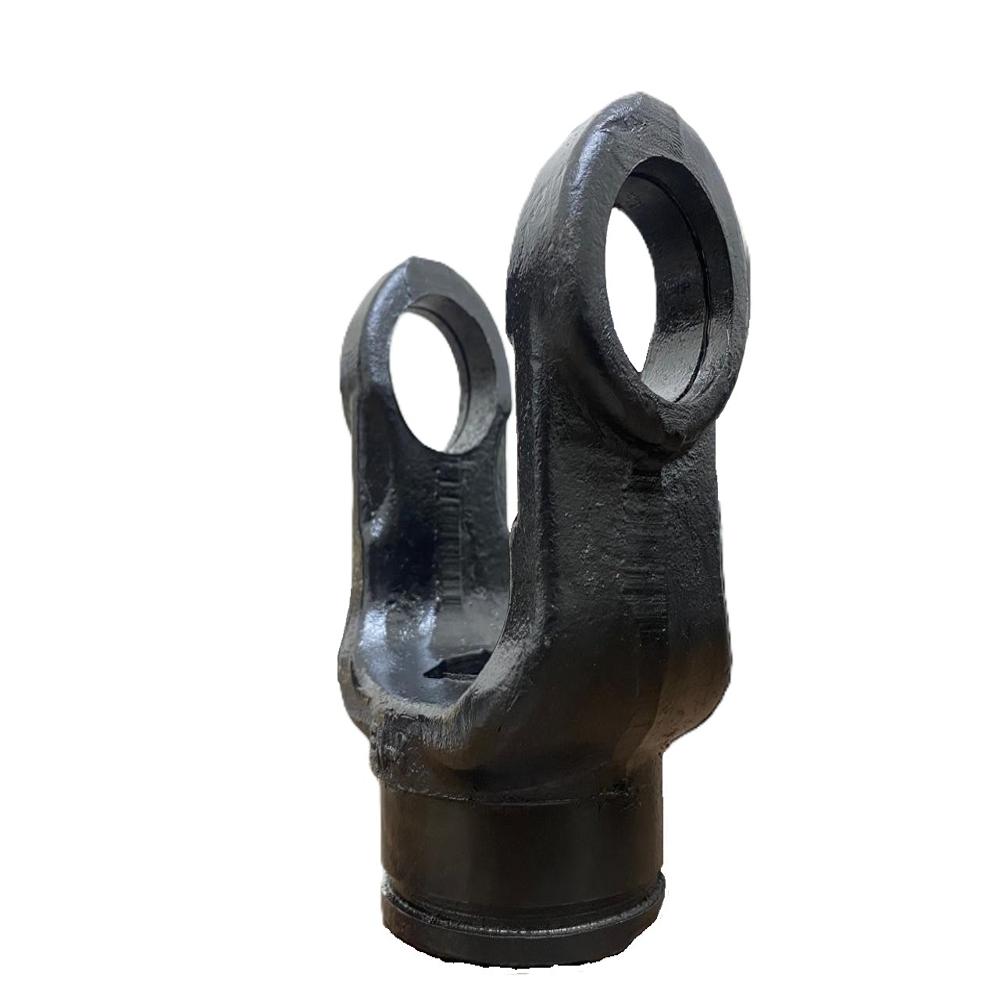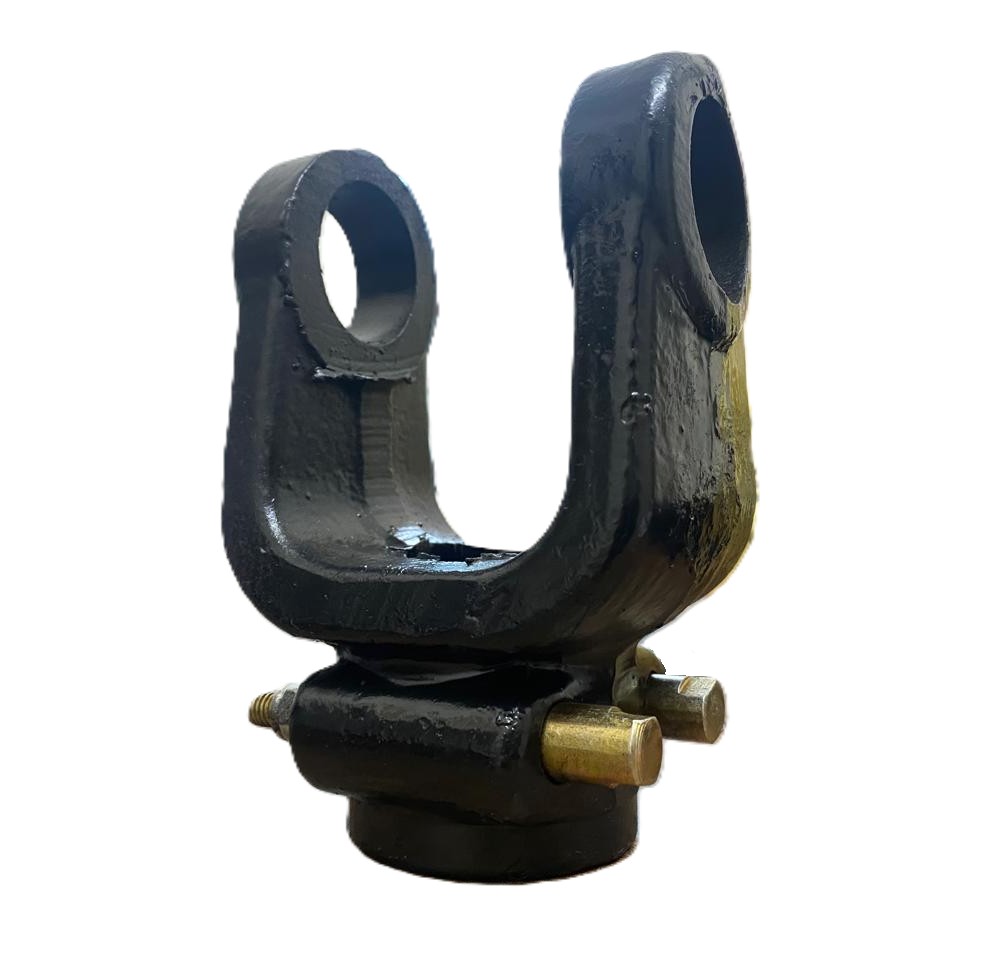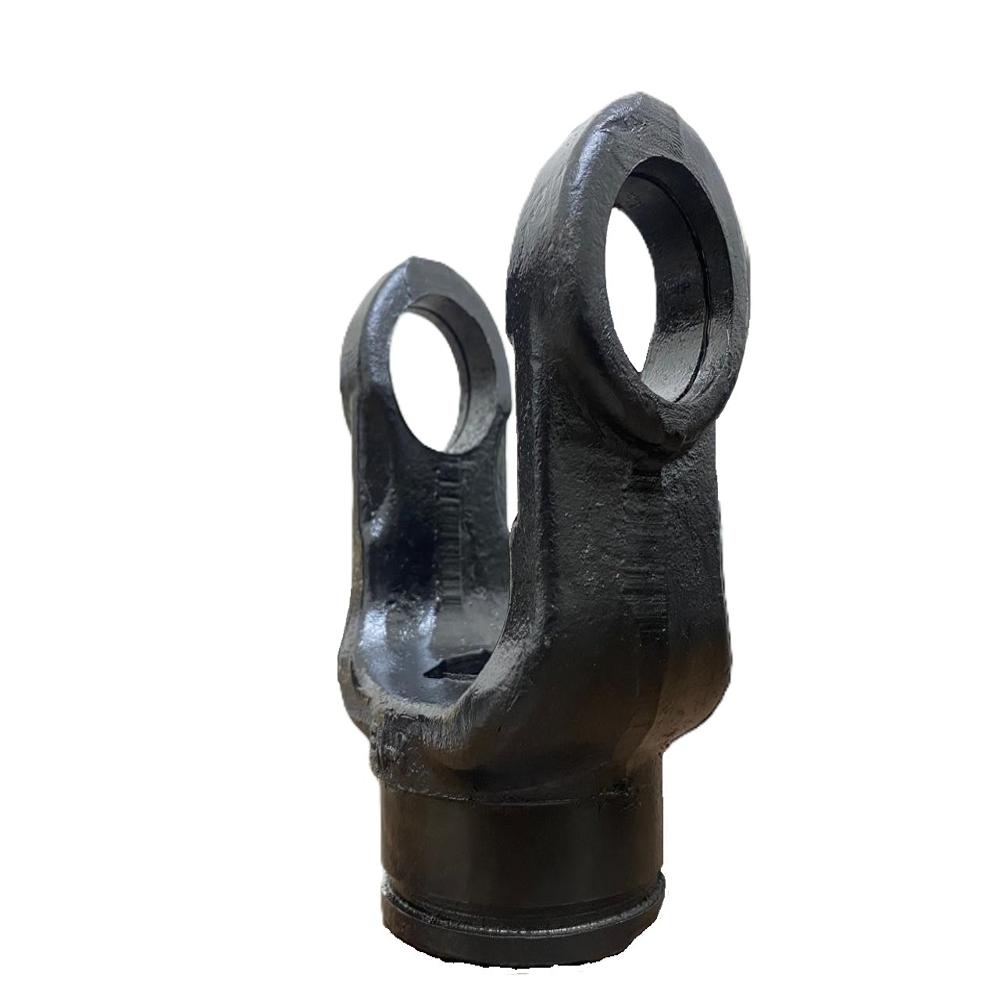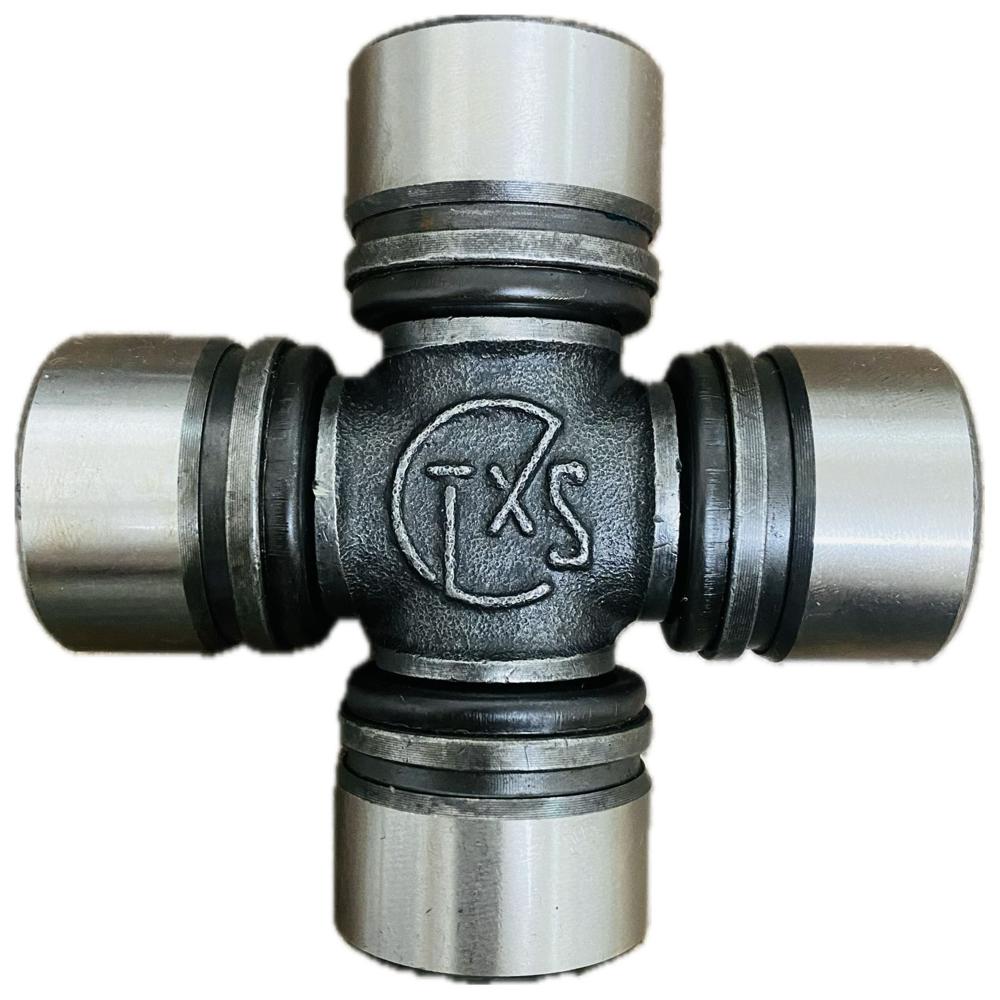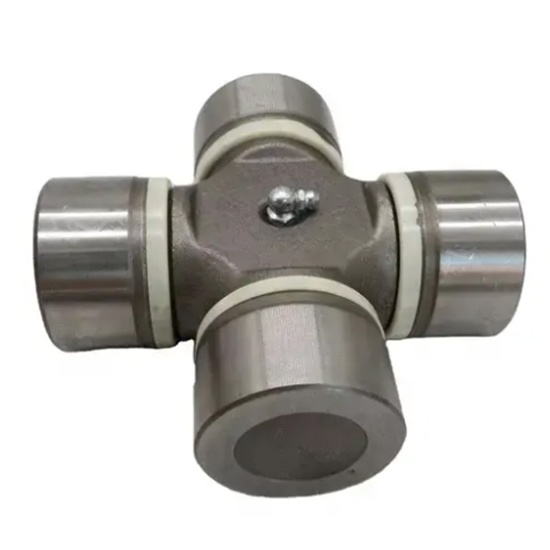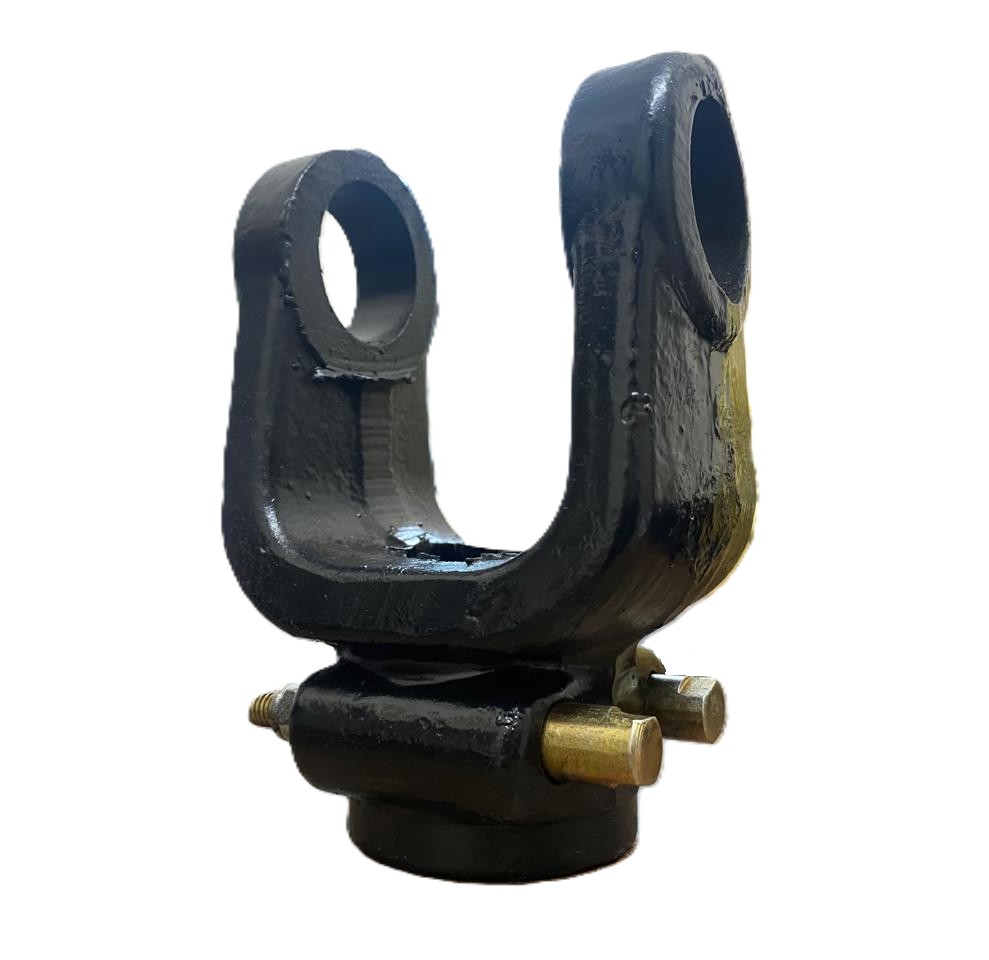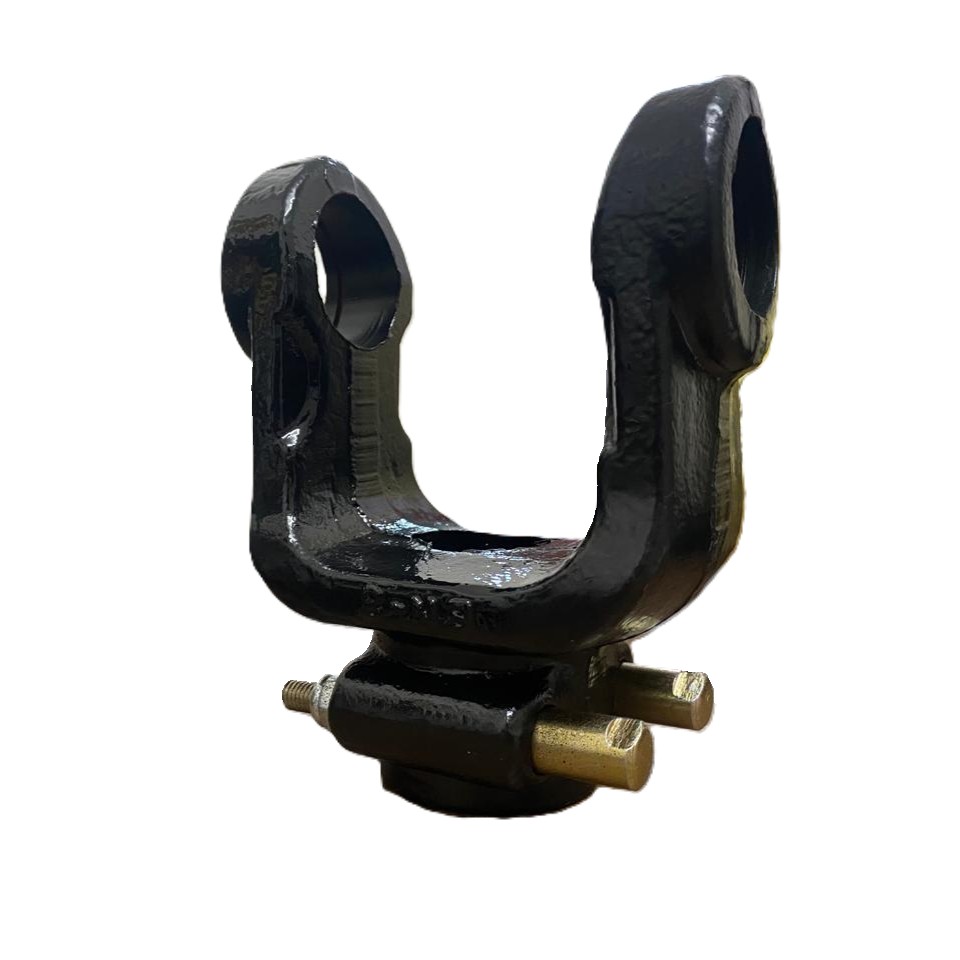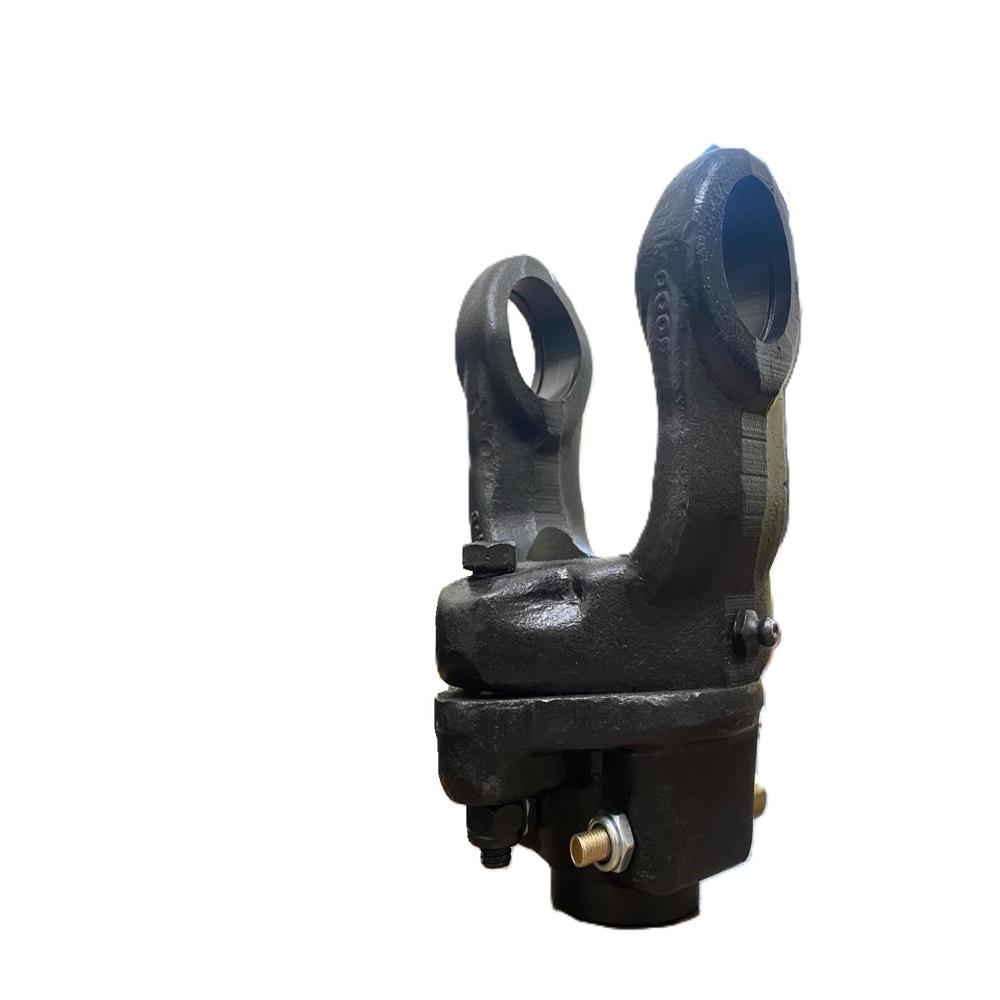Rotavator Shaft Component
Product Details:
- Usage & Applications Agriculture machinery, Rotavator, Tiller, Reaper
- Noise Level db
- Product Type Agriculture machinery spares
- General Use Agriculture machinery, Rotavator, Tiller, Reaper
- Weight (kg) 2.7 Kilograms (kg)
- Drive Type Gear Drive
- Power Source Petrol
- Click to View more
Rotavator Shaft Component Price And Quantity
- 20 Piece
- 1200.0 INR/Piece
Rotavator Shaft Component Product Specifications
- seasonal
- Any
- Agriculture machinery, Rotavator, Tiller, Reaper
- Agriculture machinery spares
- Carbon Steel
- Petrol
- Gear Straight Driving
- Agriculture machinery, Rotavator, Tiller, Reaper
- 2.7 Kilograms (kg)
- db
- Gear Drive
Rotavator Shaft Component Trade Information
- transport
- Cash Advance (CA) Cash in Advance (CID)
- 50 Piece Per Day
- 7 Days
- No
- Sample costs shipping and taxes has to be paid by the buyer
- The **packing** for a **Universal Joint Cross (U-joint Cross)** is crucial for protecting the component during storage, transportation, and handling. Proper packaging ensures that the U-joint cross remains free from damage, corrosion, and contamination. Here s a detailed overview of how a U-joint cross is typically packed: ### 1. **Protective Wrapping**: - **Plastic Film or Polyethylene Bags**: - The U-joint cross is often wrapped in **plastic film** or placed in a **polyethylene bag** to protect it from moisture, dirt, and dust. - This type of packaging also helps to prevent the U-joint from coming into direct contact with other materials that could cause scratching or damage. ### 2. **Lubrication or Greasing**: - **Grease Coating**: - In many cases, U-joint crosses are coated with **grease** before being packed. The grease helps to **protect against rust** and **corrosion** during transportation and storage. - The grease also provides some lubrication to the joints, ensuring they remain in good condition before installation. - **Grease Fitting Protection**: - If the U-joint cross has grease fittings (zerk fittings), these may be sealed with plastic caps or covers to prevent dirt and moisture from entering the fitting during transport. ### 3. **Cushioning Materials**: - **Foam or Rubber Padding**: - Inside the packaging box or crate, **foam** or **rubber padding** is often used to cushion the U-joint cross and protect it from shock or vibration during shipping. This cushioning material helps absorb impacts and ensures that the part doesn t get damaged. - **Bubble Wrap**: - Some manufacturers use **bubble wrap** to further protect the U-joint cross from external pressure or impacts. ### 4. **Carton Boxes or Crates**: - **Individual Packaging**: - For smaller shipments or retail sales, the U-joint cross is typically packed in a **sturdy cardboard box**. This box is often labeled with the part number, specifications, and manufacturer's information. - The box is designed to hold the U-joint cross securely and prevent any movement that could cause damage. - **Bulk Packaging**: - In cases where multiple U-joint crosses are shipped together (e.g., wholesale or bulk shipments), they are packed in larger **cardboard boxes** or **wooden crates**. These bulk packages will often contain multiple units of the same part, and extra padding or dividers may be used to prevent contact between individual units. ### 5. **Sealing and Labeling**: - **Plastic Sealing**: - The outer package may be sealed with **plastic shrink wrap** or **adhesive tape** to ensure that the packaging remains intact during transportation. - **Identification Labels**: - The packaging typically includes **part number labels**, which indicate the exact model or type of U-joint cross. These labels help to ensure that the correct part is delivered to the customer. - Labels may also include **manufacturing details**, **batch numbers**, and **handling instructions** (e.g., "Fragile" or "Keep Dry"). ### 6. **Handling Instructions**: - **Warnings and Caution Labels**: - Some U-joint cross packages may include handling instructions, such as warnings to keep the part dry or avoid excessive force on certain parts of the packaging. ### 7. **Environmental Protection**: - **Moisture Absorbents**: - For longer shipments or in areas with high humidity, **silica gel packs** or other moisture-absorbing materials may be included inside the packaging to prevent rust and corrosion from forming on the U-joint cross. --- ### Summary of Packing Details for Universal Joint Cross: 1. **Wrapping**: Plastic film or polyethylene bag to protect from dust and moisture. 2. **Lubrication**: Greased or coated for rust protection. 3. **Cushioning**: Foam, bubble wrap, or rubber padding to absorb shock and prevent damage. 4. **Packaging Box**: Individual or bulk packaging in sturdy cardboard boxes or wooden crates. 5. **Sealing**: Shrink wrap or tape for securing the package. 6. **Labeling**: Part numbers, manufacturer details, and handling instructions. 7. **Environmental Protection**: Moisture-absorbing materials like silica gel packs. The packaging process is designed to ensure that the U-joint cross reaches the end user in optimal condition, ready for installation and use without issues.
- Asia Australia Central America North America South America Africa Eastern Europe Western Europe Middle East
- All India South India Central India Meghalaya Manipur West India North India East India Gujarat Karnataka Kerala Lakshadweep Mizoram Andhra Pradesh Bihar Chandigarh Daman and Diu Goa Jharkhand Odisha Punjab Assam Delhi Dadra and Nagar Haveli Andaman and Nicobar Islands Arunachal Pradesh Chhattisgarh Haryana Himachal Pradesh Jammu and Kashmir Madhya Pradesh Maharashtra Nagaland Rajasthan Sikkim Tamil Nadu Telangana Tripura Pondicherry Uttar Pradesh Uttarakhand West Bengal
- UDYAM CERTIFICATE : UDYAM-PB-12-0200795
Product Description
A Rotavator (or tiller) is a vital agricultural implement used for soil preparation. It breaks up, tills, and aerates the soil, making it suitable for planting. Below is a brief description of its key components:
1. PTO Shaft:
-
Function: Transfers power from the tractors Power Take-Off (PTO) to the rotavator.
-
Features: Typically includes a universal joint (U-joint) for flexibility and a safety clutch for overload protection.
2. Yoke:
-
Function: Connects the PTO shaft to the gearbox of the rotavator, transmitting rotational power.
-
Features: Often includes a U-joint for flexibility and to compensate for angular misalignment between the tractor and the implement.
-
The central component of the U-joint shaft, which is a cross-shaped piece that allows the two shafts to transfer rotational power at different angles.
-
It connects to two yokes and accommodates angular misalignment, ensuring continuous power transfer even when the shafts are not in perfect alignment.
Summary:
A rotavator consists of several key components: the PTO shaft for power transmission, gearbox for speed reduction, blades/rotors for soil tilling, a yoke for connecting the PTO to the gearbox, a frame for structural support, a hitch for tractor attachment, depth control skids/wheels for regulating depth, side guards for safety, and sometimes a drive chain for power transfer. These components work together to efficiently prepare the soil for farming.

Price:
- 50
- 100
- 200
- 250
- 500
- 1000+
